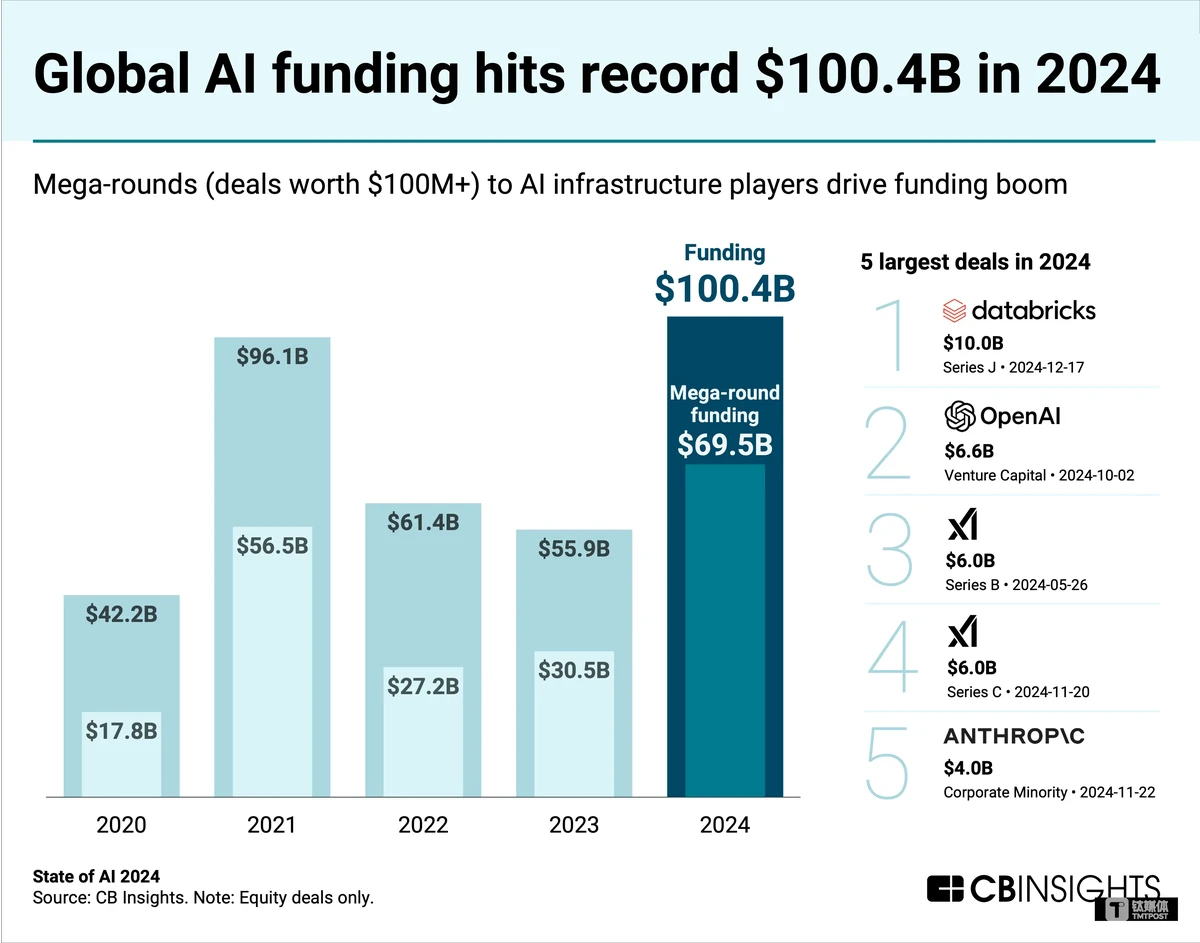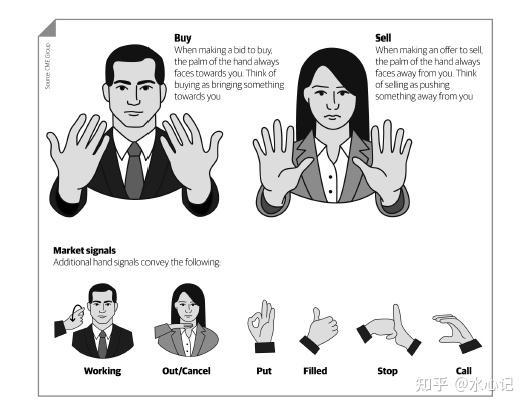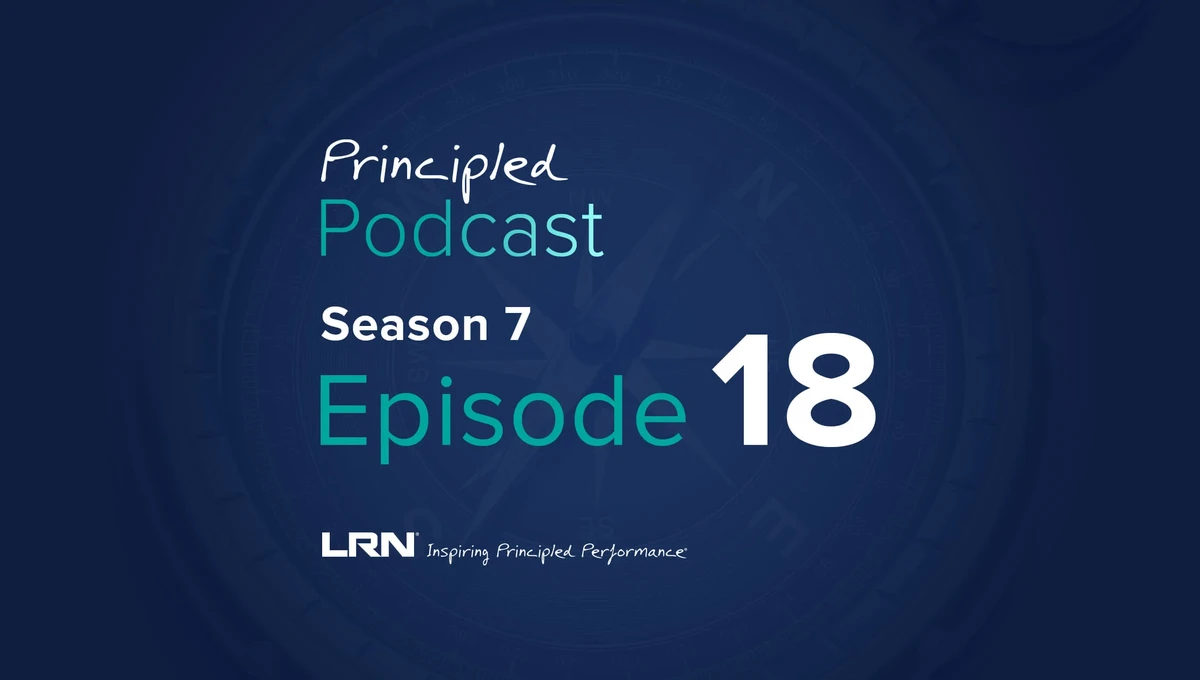================================================
Quantitative trading strategies are at the heart of modern financial markets, utilizing complex mathematical models, algorithms, and vast amounts of data to make trading decisions. For professional traders, hedge funds, or even retail investors looking to implement such strategies, understanding the core principles and the necessary tools is crucial. In this article, we’ll walk through the steps on how to implement quantitative trading strategies successfully, exploring key concepts, tools, and techniques that are critical to becoming proficient in this area.
What is Quantitative Trading?
Quantitative trading refers to the use of mathematical models and automated algorithms to identify trading opportunities based on statistical analysis of historical market data. It relies on quantitative methods—such as statistics, machine learning, and data analysis—to determine the best times to buy or sell financial instruments.
This form of trading has been gaining traction due to its ability to remove human emotion from trading decisions and its reliance on objective, data-driven insights. It is widely used by hedge funds, institutional investors, and even individual traders seeking to enhance their strategies.
Key Components of Quantitative Trading Strategies
Before diving into the specifics of how to implement quantitative strategies, it is essential to understand the building blocks involved:
1. Data Collection and Analysis
Data is the foundation of any quantitative trading strategy. Traders use historical market data—such as price movements, trading volumes, and fundamental indicators—to identify patterns and trends. The more high-quality data you have, the better the model can predict future outcomes.
Data Sources:
- Historical market data (price, volume, volatility)
- Economic indicators (interest rates, GDP growth, inflation)
- Alternative data (social media sentiment, satellite images, weather data)
2. Statistical Models
Statistical models are used to analyze the data and identify trends or inefficiencies in the market. Some common statistical models used in quantitative trading include:
- Mean reversion models: Predict that prices will return to their mean over time.
- Momentum models: Predict that assets that have performed well in the past will continue to perform well.
- Cointegration models: Focus on identifying long-term relationships between multiple assets.
3. Backtesting
Once a quantitative strategy is created, it’s essential to test its effectiveness using backtesting. Backtesting involves running the strategy on historical data to see how it would have performed in the past. This process helps traders evaluate the viability of their strategy and make improvements if necessary.
4. Risk Management
Effective risk management is crucial in quantitative trading. This includes setting stop-loss orders, managing position sizing, and diversifying the portfolio to reduce exposure to significant losses. Risk management also involves adjusting the strategy based on market conditions.
How to Implement Quantitative Trading Strategies
Now that we’ve covered the key components, let’s discuss the steps involved in implementing quantitative trading strategies:
1. Defining Your Strategy
The first step in implementing a quantitative trading strategy is defining the type of strategy you want to employ. There are several types of strategies that traders use, and each comes with its advantages and disadvantages. Some popular strategies include:
- Arbitrage: Profiting from price differences between markets or instruments.
- Trend Following: Identifying and riding on market trends.
- Statistical Arbitrage: Using complex mathematical models to predict short-term price movements based on historical data.
- Mean Reversion: Exploiting the tendency of asset prices to revert to their historical averages.
Your strategy should align with your goals, whether you’re looking for long-term investments or short-term gains.
2. Data Collection and Feature Engineering
Collecting data is a critical step for building a strong quantitative strategy. You’ll need access to financial data such as historical prices, trading volumes, and relevant indicators. Additionally, you can use feature engineering to extract meaningful insights from raw data. For example, you might create custom features like moving averages, RSI (Relative Strength Index), or Bollinger Bands.
3. Model Development
Once the data is collected and prepared, the next step is to build a model that can analyze the data and identify patterns. This typically involves:
- Choosing the right algorithm: Depending on the type of strategy, you might use statistical techniques like linear regression, logistic regression, or decision trees, or machine learning models like random forests or neural networks.
- Training the model: Using historical data, you’ll “train” the model to learn the patterns and identify profitable trading signals.
- Optimization: Tweaking the model to achieve better results by adjusting parameters or adding/removing features.
4. Backtesting
Backtesting is the process of testing your quantitative model on historical data to evaluate its performance. This is where many traders discover the flaws in their strategy and improve it. Backtesting helps to:
- Determine the performance of the model over different market conditions.
- Identify drawdowns or periods of loss, which are crucial for risk management.
- Fine-tune the strategy before deploying it in live markets.
5. Execution
Once you have a tested strategy, the next step is to implement it in live markets. Automated trading platforms can execute trades based on your strategy without manual intervention. Some popular platforms for executing quantitative strategies include:
- MetaTrader (for forex trading)
- Interactive Brokers API
- QuantConnect (for algorithmic strategies)
6. Monitoring and Refining
Even after the strategy is implemented, constant monitoring is necessary. Markets evolve, and a model that worked well in the past may no longer be effective. Regularly evaluating performance and refining your strategy is key to maintaining a competitive edge.

Different Approaches to Quantitative Trading
1. High-Frequency Trading (HFT)
HFT is a form of quantitative trading that involves executing a large number of orders at extremely high speeds. It leverages low-latency algorithms to take advantage of small price inefficiencies in the market. High-frequency traders often use co-location to reduce the time delay between sending and receiving orders.
Advantages:
- High volume of trades: HFT allows for the execution of thousands of trades per second, capitalizing on small market inefficiencies.
- Minimal exposure: Trades are often held for a very short period, reducing market exposure.
Disadvantages:
- Infrastructure costs: HFT requires significant investment in technology and infrastructure.
- Regulatory scrutiny: HFT faces increased regulatory pressure due to concerns over market fairness.
2. Machine Learning in Quantitative Trading
Machine learning (ML) is increasingly being used in quantitative trading to model complex market behaviors and predict price movements. ML techniques, such as reinforcement learning, allow models to continuously learn and adapt from market data without human intervention.
Advantages:
- Adaptive learning: ML algorithms can adjust to market conditions in real-time.
- Predictive power: ML models can identify complex patterns that traditional methods may miss.
Disadvantages:
- Data dependency: Machine learning models require large datasets to be effective, which can be costly to obtain.
- Overfitting: There’s a risk that the model may overfit historical data, leading to poor performance in real-time trading.

FAQ (Frequently Asked Questions)
1. What resources are needed to start with quantitative trading?
To start, you’ll need access to financial data, a robust backtesting platform, and an understanding of statistical and machine learning techniques. A basic programming knowledge (Python, R) is also essential for implementing algorithms.
2. Can I implement quantitative trading without coding experience?
While coding skills are important, many platforms like QuantConnect and MetaTrader allow traders to use pre-built algorithms. However, learning to code can significantly enhance your ability to customize strategies and optimize models.
3. How do I handle risk in quantitative trading?
Risk management is essential in quantitative trading. Using techniques like stop-loss orders, position sizing, and portfolio diversification can help limit exposure to large losses. Regular monitoring of drawdowns and adjusting strategies accordingly is also critical.

Conclusion
Implementing quantitative trading strategies is a rewarding but complex process that requires a solid understanding of data analysis, mathematical modeling, and market dynamics. By following a structured approach—from defining your strategy to continuous monitoring—you can successfully integrate quantitative techniques into your trading arsenal.
For those looking to delve deeper into quantitative trading, continuous learning and staying updated on the latest developments in data science, machine learning, and market behavior are key to maintaining an edge in the ever-evolving financial markets.

0 Comments
Leave a Comment